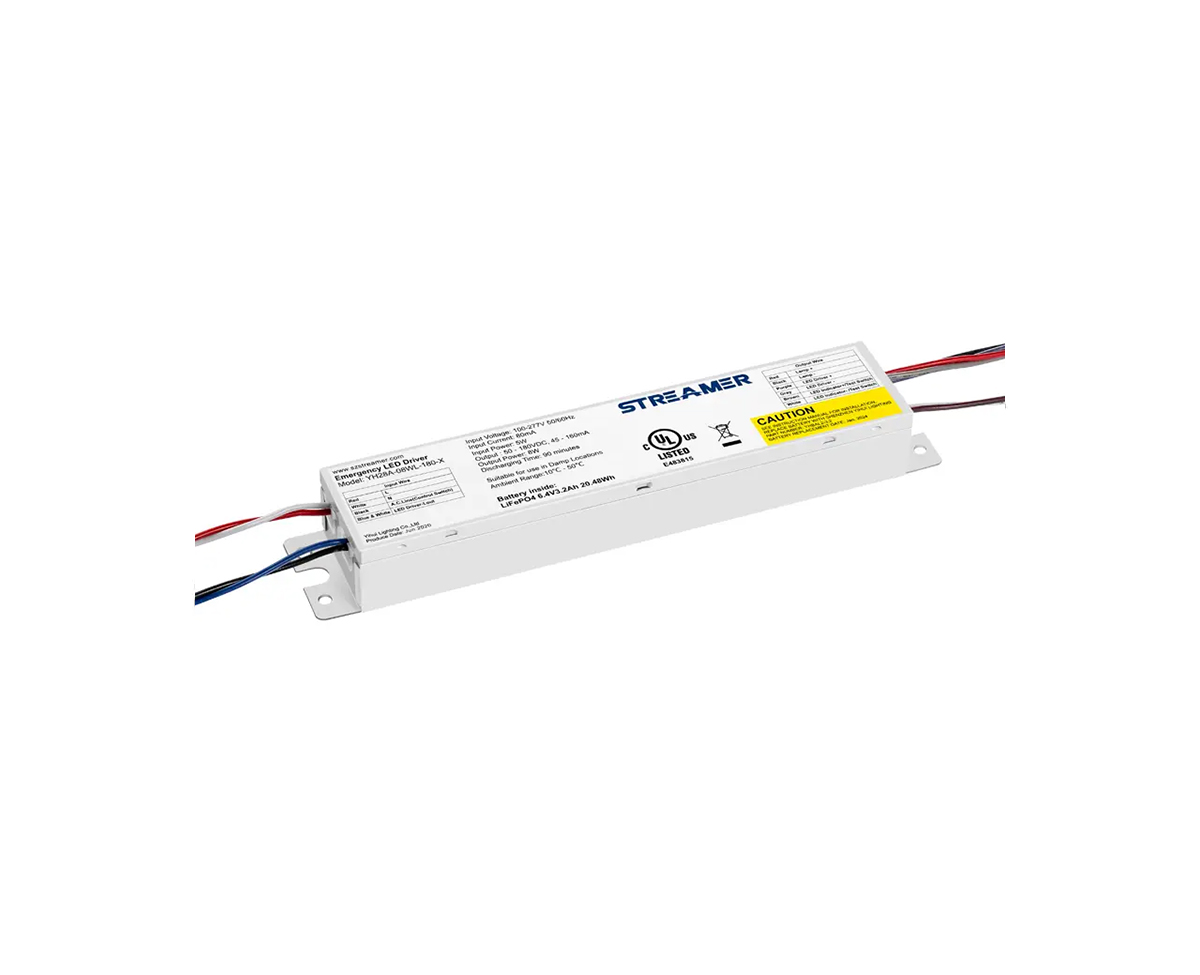 1
1
 May 05, 2025
May 05, 2025

The emergency state of LED emergency power supplies is their core function, ensuring continuous lighting when normal power sources fail. When the main power supply is interrupted, the LED emergency power supply quickly transitions into the emergency state through a series of automatic processes.
Most LED emergency power supplies are equipped with sensors that continuously monitor the input voltage from the main power source. Once the sensor detects a drop in voltage below a preset threshold, indicating a power outage, a control circuit is activated. This control circuit then disconnects the LED lights from the main power supply and connects them to the internal battery of the emergency power supply.
During the emergency state, the LED emergency power supply needs to maintain a stable output to ensure proper lighting. The battery management system plays a crucial role in this process. It regulates the discharge of the battery, ensuring that the output voltage remains within the required range for the LED lights to operate correctly. Some advanced LED emergency power supplies also have intelligent features, such as the ability to adjust the brightness of the LED lights based on the remaining battery capacity. This helps to extend the emergency lighting time, ensuring that the lights can continue to function for as long as possible during a power outage.
In addition to powering the LED lights, the emergency state may also involve other functions. For example, some LED emergency power supplies are designed to provide a warning signal, such as a flashing light or an audible alarm, to indicate that the power has failed and the emergency system has been activated. Moreover, in large - scale emergency lighting systems, multiple LED emergency power supplies can be networked together. During the emergency state, they can communicate with each other to ensure coordinated operation and efficient distribution of emergency lighting resources.